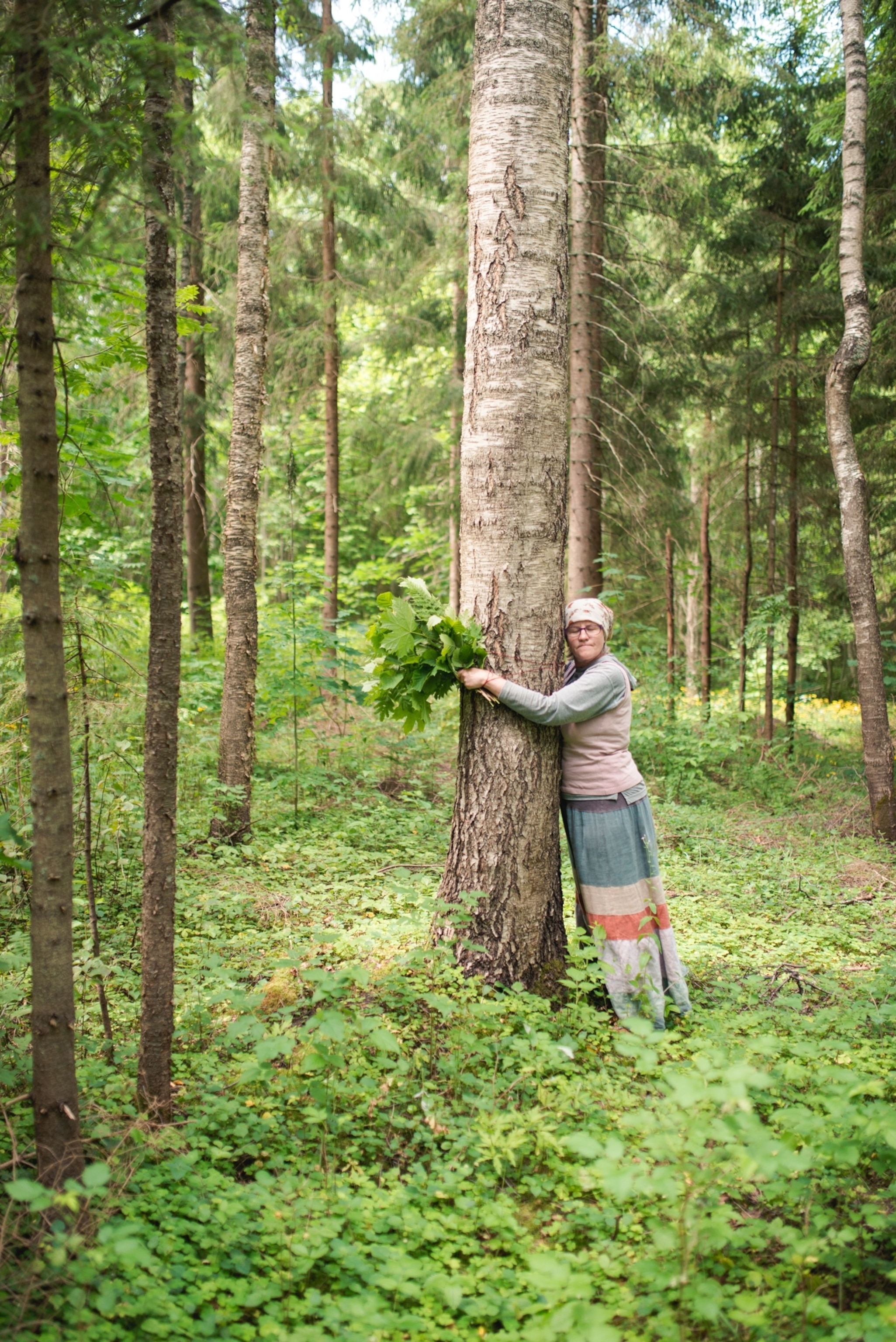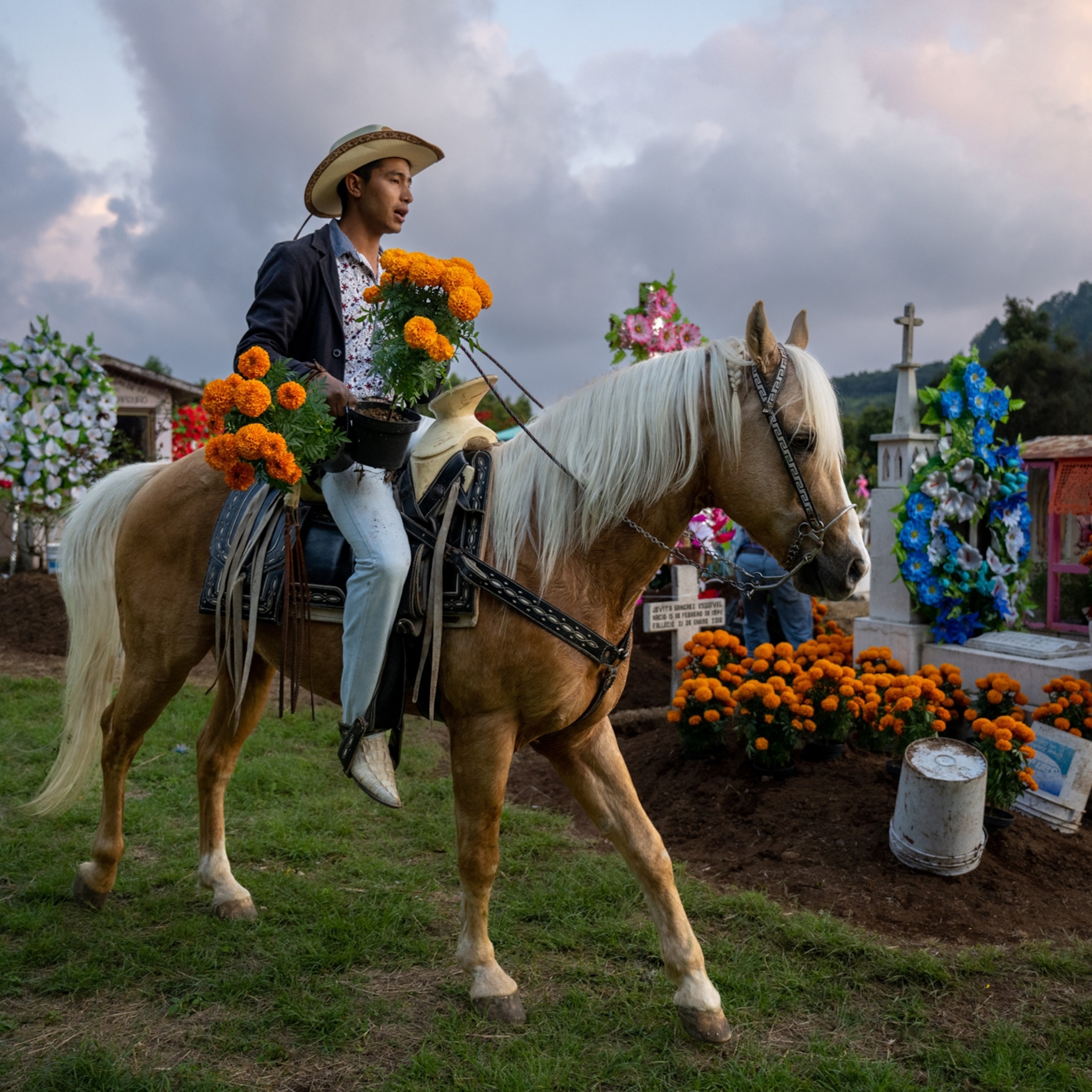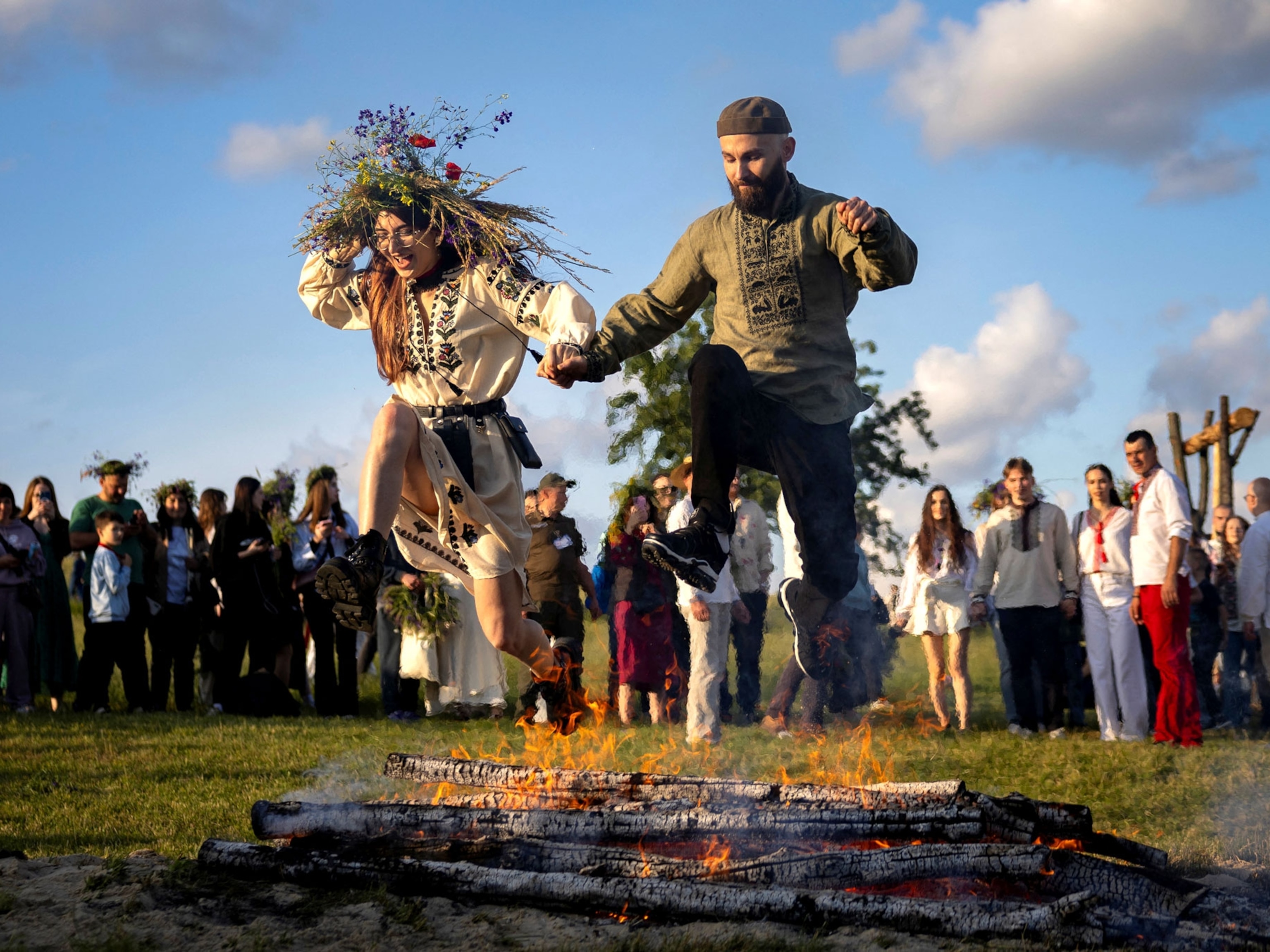When Arvi Sepp was a boy in Soviet-ruled central Estonia, his parents would walk into the forest, carrying gifts.
“They would bring the first cut of meat from a cow, the first cup of beer from a cask.” He smiles, touching his newsboy’s cap over his white hair. “The first glass of vodka from the bottle.”
Walking haltingly over cobblestones, Sepp recalls how, decades earlier, his family would follow ancient footpaths to find a spring in the center of the hill that rises like an up-thrust fist from the swampy lowlands near his village of Paluküla. There, where the water bubbled up beneath a birch canopy, they laid the offering.
Sacred sites like that one still exist in Estonia, a country where today thousands follow a form of forest worship with pre-Christian roots called Maausk. But the sensibility Sepp grew up with—that certain places in the forest must be kept sacred and inviolate—is no longer quite so common.
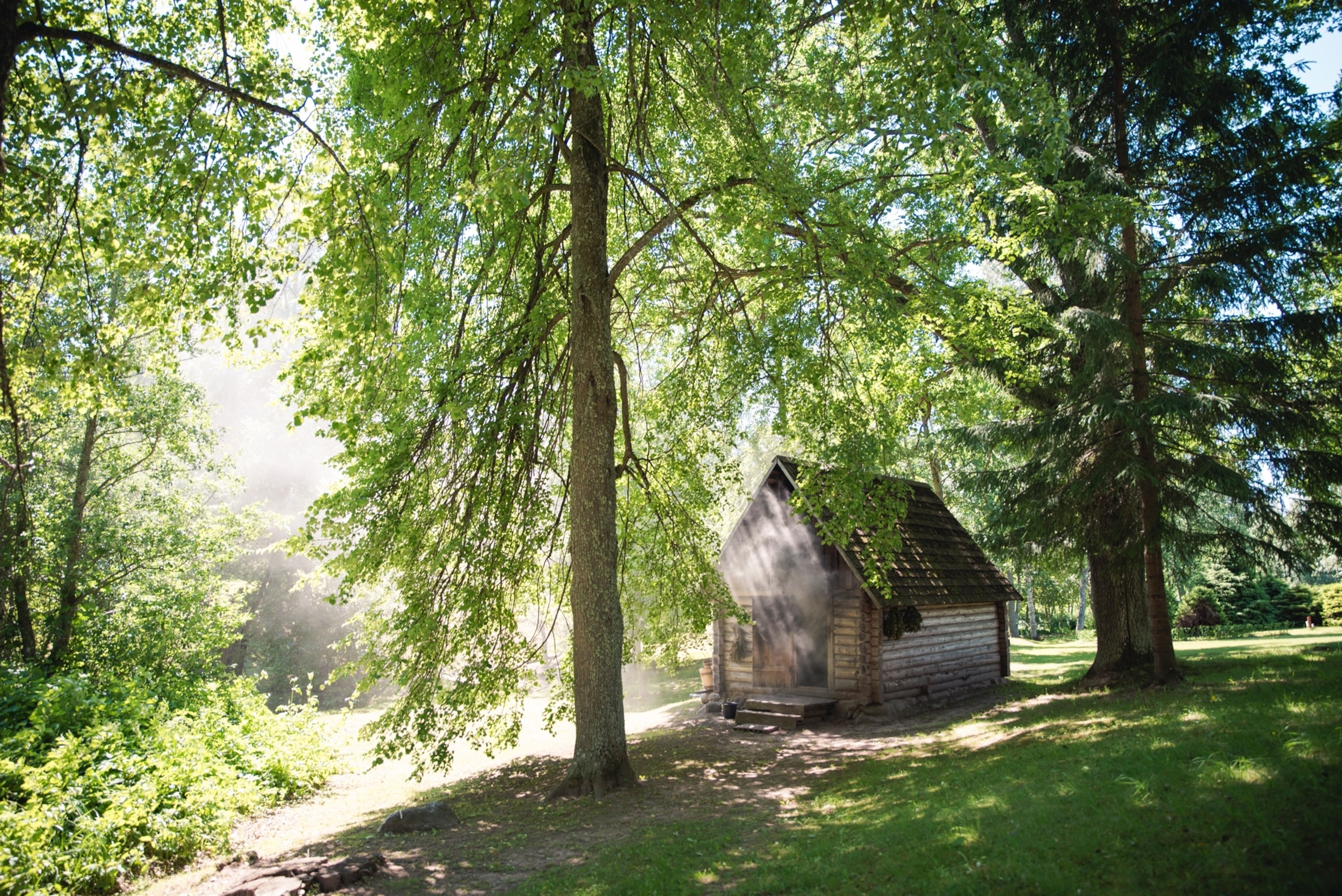
A paper published in Nature in July found that Estonia had one of the highest rates of forest loss in Europe—after an abrupt increase from 2016 to 2018 that raised the rate of clearing by 85 percent over what it had been in the previous decade. There had been a surge in forest harvesting across many European countries, the authors of the study found, which seemed broadly linked to a surge in demand for wood products, including wood pellets for bioenergy.
Worldwide, as the area covered by forests has decreased by more than 440 million acres since 1990, tree plantations have increased by more than 300 million acres. Forests are increasingly being converted into industrial tree fields—and tiny Estonia has become a pointed case study in this global transformation. The loss of forests cuts deep into Estonian history and tradition.
The Estonian cultural association House of Groves lists 80 sacred sites that they say have been cleared by industrial loggers, a list they stress is not exhaustive. They have mapped 1,200 additional sites, many of which have no formal protection, putting them at risk of being logged. Many of the sites are in old-growth forests, which make up about 2 percent of Estonia’s remaining forest cover. Only half of those are set aside as protected areas; a quarter are under limited protection, and another quarter aren’t protected at all.
There is debate about the accuracy of the House of Groves map; the Estonian Heritage Conservation Agency has not adopted it. But at the heart of Estonian culture, Sepp says, lies the idea of the forest as an active presence, a thing humans do not create but rather “get out of the way of.” The reverence for nature here is powerful. The nonviolent independence movement that threw out the Soviet occupying force in the 1990s began as an environmental protest.
Then, in the decades after independence, as Scandinavian investment and logistical support poured in, Estonians driving the country’s highways began to see harvester machines on the edge of the forests, plucking trees like daisies. In their place have come evenly spaced rows of pine and spruce planted for the global market, a replacement of the forest with something far simpler and more profitable, as Estonian ecologist Asko Lõhmus has said.
“You can plant trees,” Lõhmus says, ”but you can’t plant a forest.”
In that distinction lurks a world of debate over the global future of forestry: Will forests be allowed to grow or re-grow naturally, or will landscapes be bent to the will of the commodities market. So far, it’s been the second.
Dramatic changes
Estonians have cut wood in their forests for centuries. But the scale has changed. The 20th and 21st centuries have seen dramatic changes to the landscape.
During World War II and the Soviet rule that followed it, tens of thousands of rural Estonians were killed, deported, or scattered. What had been farmland quickly reverted to forest, as sprawling stands of conifer and oak grew up wild on abandoned fields. That forest, Lõhmus says, is “the only good thing the Soviets left us.”
Estonian forestry companies like it too—but as an economic resource. Over the first decades of the new millennium, they cleared thousands of hectares of this naturally regrown forest and replanted it with conifers. Much of the wood was exported, a lot of it to Scandinavia to make paper. But wood pellets have also become an increasingly important market.
The country now has at least five companies manufacturing wood pellets, primarily for export. The largest is Graanul Invest, founded in the early 2000s by Estonian lawyer Raul Kirjanen. It operates four pellet mills in Estonia, another five in Latvia, one in Lithuania, and one in Texas.
Since 2009, when the European Union decreed that biomass energy was carbon-neutral—meaning it supposedly releases no new carbon into the atmosphere—Graanul has benefited from the resulting market, emerging as the world’s second largest pellet producer, behind Maryland’s Enviva. In 2018, for example, Graanul sold 294,000 metric tons of wood pellets to Drax, a British power company that is converting from coal to biomass. Graanul also sells to power companies in Scandinavia.
“Our world needs to find alternatives for fossil [fuels] use, and biomass has an important role in that,” says Graanul CEO Kirjanen. The European Union’s “climate targets for the year 2030 cannot be reached without biomass use.”
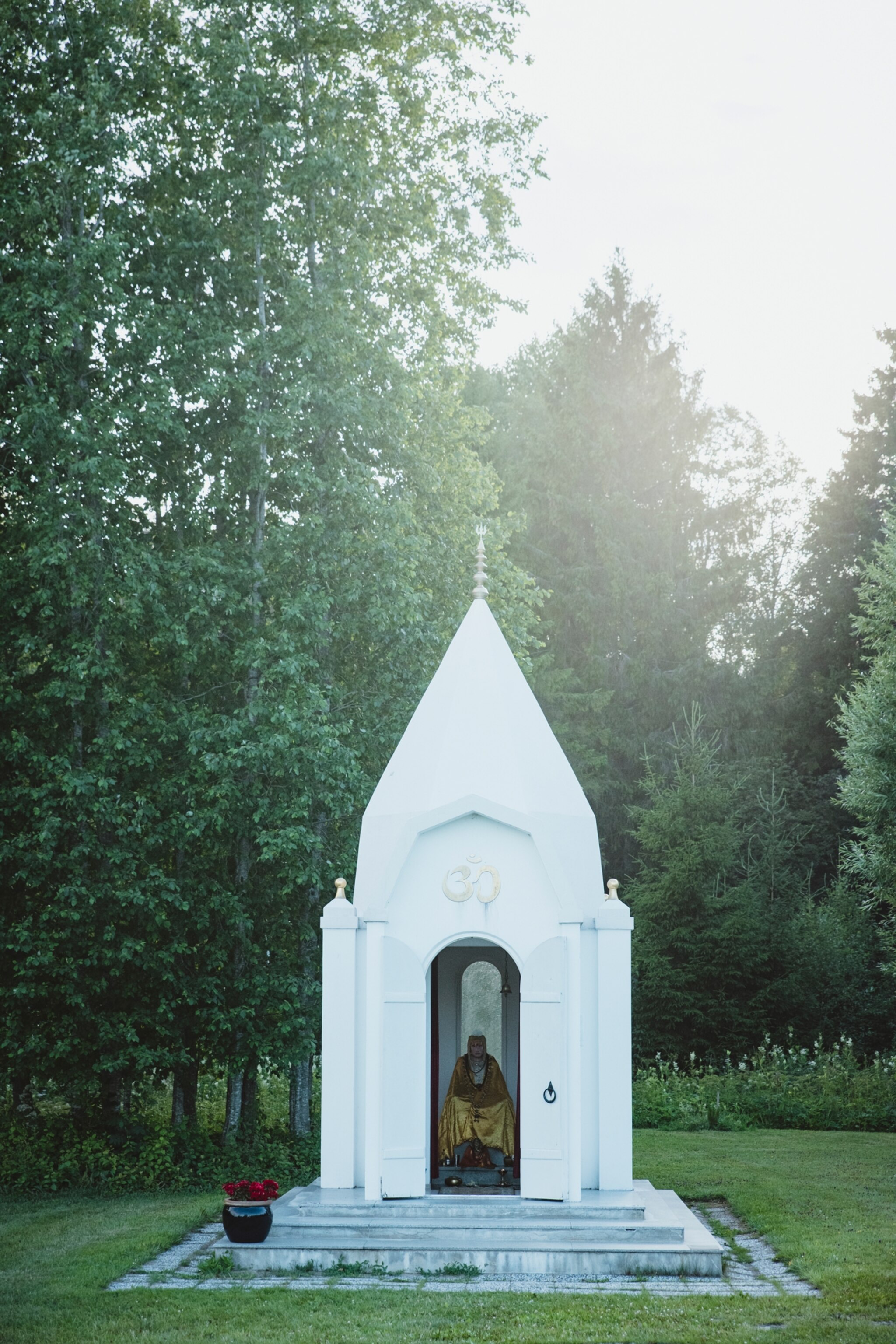
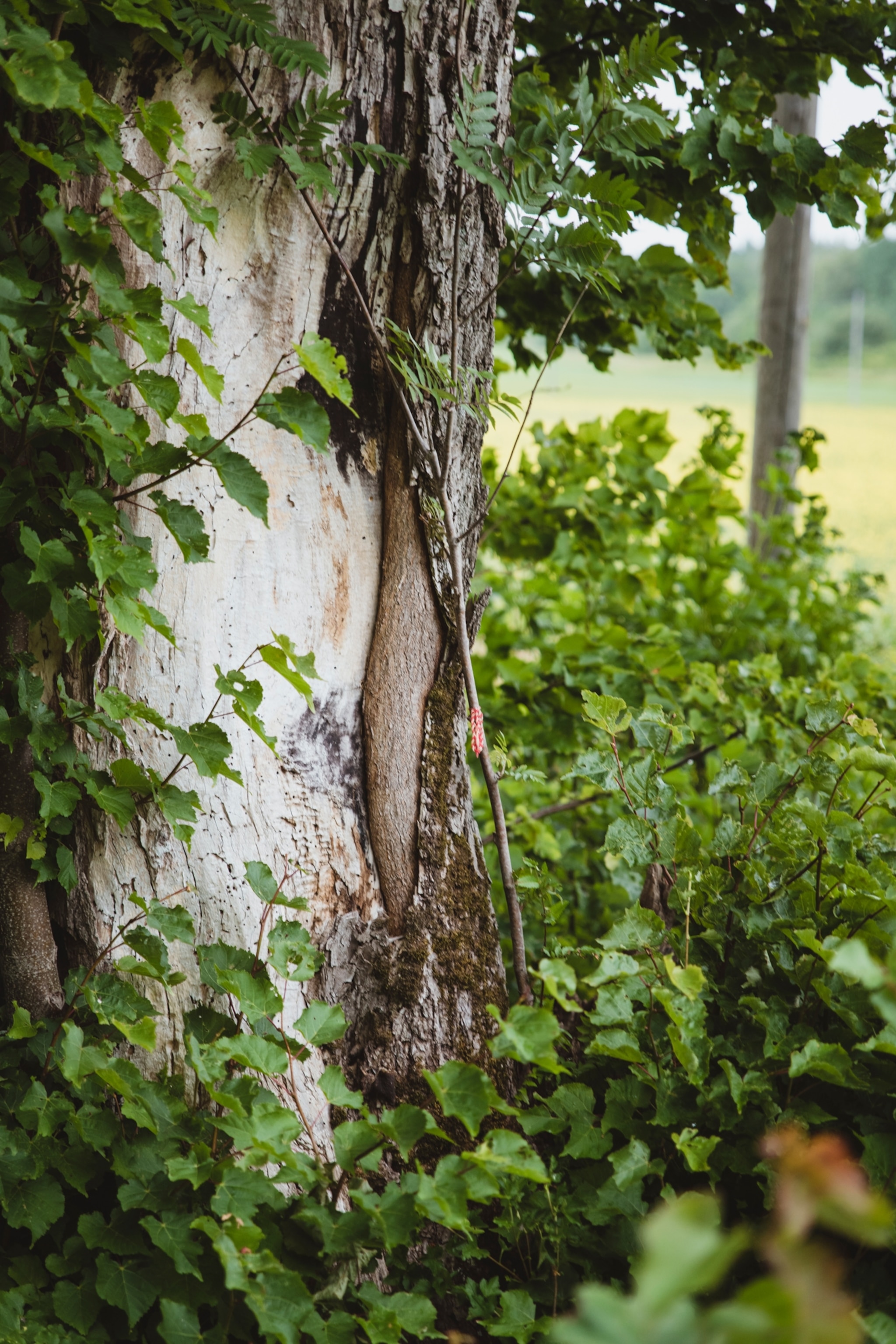
As Graanul has grown, it has acquired forestry companies. It now owns 207 square miles of forest in Estonia, a little over one percent of the country. Most of the 656,000 cubic meters of wood it harvested in 2019 was sold to sawmills and the paper industry.
Like other wood pellet companies, Graanul says it doesn’t log specifically to make pellets—it only uses “leftover” wood for that purpose. The leftovers, however, include not just twigs and sawdust but whole trees that are too misshapen or rotten for saw-logs or pulp. Some 89 percent of Graanul’s revenue comes from pellets, Kirjanen says.
Whatever the economic driver, there is a lot more clear-cutting going on in Estonia these days, by Graanul and other companies. The industry sees this as creating rural jobs and optimizing the value of forests to the country. Forests that have grown up since the 1940s, Kirjanen says, are of the age where they should be harvested before the wood loses value as timber.
“Good management practices will ensure that forests are healthy and grow high quality trees,” Kirjanen says. “After harvesting, those areas will be reforested, so that future generations will benefit.” Graanul lets some clear-cut areas reseed themselves. In areas that it replanted in 2019, 95 percent of the nearly 1.5 million trees it planted were conifers.

Critics of industrial forestry in Estonia don’t calculate the benefits to future generations in the same way.
What is a forest, and what is it for?
The way both the U.S. Forest Service and the Estonian Ministry of the Environment define it, a forest may have just one type of tree on it—or may even be a field of stumps. “Forest,” as those agencies use the word, is a zoning category: It means that the land is designated for trees, not rye fields or houses.
That definition, Lõhmus says, papers over an enormous difference between natural woodlands and those planted and harvested. Tree-planting of this sort, and the biomass products that come from it, are often discussed as natural climate solutions, since trees absorb carbon dioxide from the atmosphere.
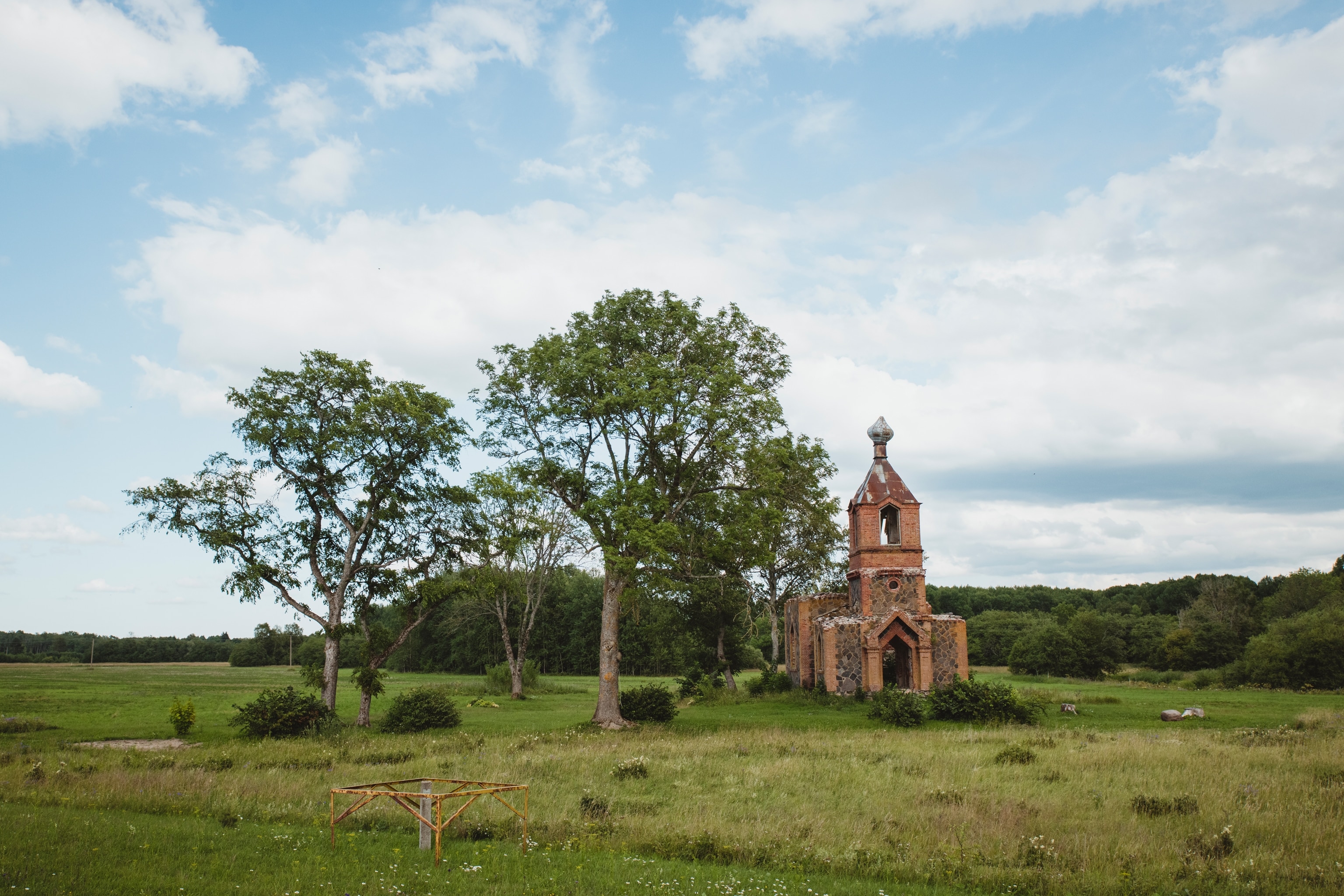
But what’s happening in Estonia, where natural forests are being logged and replaced by plantations, is something else entirely, Lõhmus says. It’s not just that the carbon stored in the trees is released when the pellets are burned. When the forest is cleared—with its dozens of varieties of trees, hundreds of plants, thousands of insect species—the carbon that had built up in the soil over decades or centuries oxidizes. That releases a continuous plume of carbon dioxide that—according to a study by the Center for Sustainable Economy—may last more than a decade. On the other hand, Graanul cites a recent Estonian study of a forest stand that became a net carbon sink again within just six years after being clear-cut.
Forests, though, have values beyond those of the carbon absorption or wood products they provide. For Lõhmus, the key to a healthy forest ecology is a baseline understanding that forests shouldn’t have to be for any human use—an understanding, he notes, that jibes nicely with Maausk, a movement that has revived the old tradition of forest reverence. Maa is Estonian for “the land.” Maausk is sometimes translated as “nature worship” or “Earth believers” or even “neo-pagans.” For his part, Sepp, the linguist, likes the word “heathen,” a Germanic word that suggests one who goes to worship in the heath—the moor outside town.
By linguistic coincidence, he notes, “heath” resonates with hiis, the Estonian name for the sacred sites, and both carry the shared memory of the beliefs native to Europe in the ages before its indigenous faiths mostly disappeared, along with the heath itself.
Unlike the Celtic Druids and the old Germanic religions supplanted by Christianity, Maausk and its practitioners—like the small remnants of old-growth forest in Estonia—have to some extent escaped this fate. The Maausk shrines stand as relics of a time when faith was as inseparable from Europe’s northern forests as Shinto is today from those of Japan.
A forest people
In Estonia, the traditions are rooted in nearly a millennium of traumatic history. Far below the fortress where Arvi Sepp and I walk, Lake Viljandi glitters in a valley carved by ice-age glaciers. Some people claim that Estonians have been there since the ice retreated.
Throughout the Middle Ages, the frontiers of Christianity crept north, as missionaries, traders, and crusaders dispatched by the pope penetrated the Baltic forests. The crusader castle Sepp and I visit stands on the hilltop where Lembitu, the last great Estonian resistance leader, died in battle in 1217. After that, the Estonian population was forced to convert to Christianity and was ruled—and periodically enslaved—by Swedes, Germans, Poles, Russians, and Danes.
“There was a saying from the time,” says folklorist Marju Kõivupuu, “that ‘an Estonian is a tool that speaks.’” As Lutheranism swept in from Germany and Sweden, or Soviet Communism from Russia, Kõivupuu says, the forest groves helped to foster “a secret order that stood against the religion forced on the Estonians.”

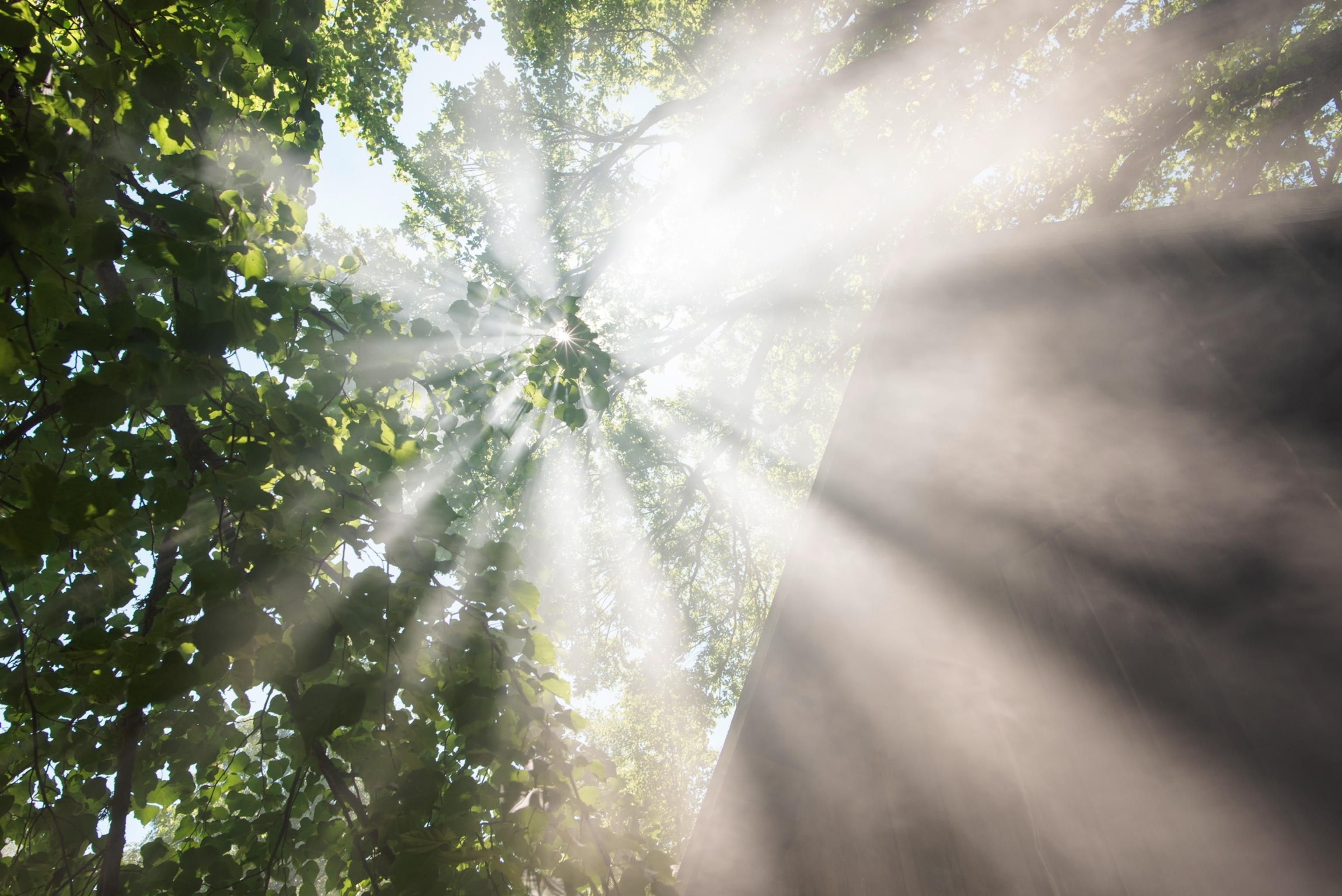
Which is to say, the forest came to take on a more extreme version of the role it plays everywhere else, of a shared commons, the place outside town where wild and civilized met and flowed together; where farmers could find berries, meat, clean water, firewood, and shelter. Renegades could live there without money, apart from civilization, as Estonia’s Forest Brothers resistance movement did during World War II.
When the Soviets finally withdrew from Estonia in the 1990s, and the country became independent, Estonian environmentalists argued for the country to return to its traditional model of low-intensity forest use—mushroom gathering, berry picking, beekeeping, selective woodcutting, gathering of firewood—as opposed to the industrial timber harvesting that was already common among Estonia’s rich Scandinavian neighbors. Finland, for example, had invested heavily in high-yield, high-value but extremely expensive and often invasive forestry, a model based on remaking the landscape around a few carefully tended species, planted in square blocks and harvested by clear-cut.
“Rather than clear the principal,” ecologist Asko Lõhmus says, “we can live off the interest.”
“What people have to remember,” Lõhmus says, “is that behind every environmental policy debate is a moral debate. The question is, what matters to us? What do we value?”
“Despite the opposition of a small number of very vocal activists, Estonia has always managed its forests with caution and respect,” says Graanul’s Kirjanen.
The holy forest
The question of what to value in a forest resonates far beyond Estonia. On the same hot July day when Sepp and I roam Viljandi Castle, an international group of forestry activists are visiting some of the remaining Maausk sites. They’ve come from the U.K., Tasmania, and the Appalachian Mountains of North Carolina, all regions that have also seen their natural forests replaced by the plantation model.
The movement against industrial forests in, say, North Carolina is not as explicitly religious as that of the Maausk proponents—environmentalists in the United States speak more of bottom-line benefits like carbon sequestration and other “ecosystem services” rather than spiritual value. But even for such activists, Maausk resonates like a struck tuning fork: a reminder of a different notion of value.
“There is this heart-mind connection that people feel with forests,” says Rita Frost, a campaigner with the North Carolina-based Dogwood Alliance. That feeling, she says, propels people into action in a way that more quantitative approaches do not.
That same day, Sepp and I drive north through rye fields. We pass newly planted young trees fighting for their piece of sky. An hour north of Viljandi, the old hiis looms above the fields like a kind of beast, its fur made of trees. At the top we’re greeted by Eha Metsallik, a 60-something beekeeper with hot pink Nikes and long, white-gold hair. A Maausk practitioner, she sells the honey from her bees, which she keeps in the hiis forest, because the fields where she used to keep them are now poisoned with herbicide, she says.
This site is now protected, thanks in part to a local citizens’ movement that fought its clearing for a ski slope a decade ago. But like many hiis sites, it faces another threat possibly even harder to fight: the death of those who know where the sacred sites are. Ahto Kaasik, the 51-year-old head of the House of Groves cultural association, has estimated that thousands of sites could be gone in the next decade, lost first to collective memory and then, ultimately, to harvesters.
For now, we walk slowly through a green tunnel of 80-year-old birches, Metsallik's voice singsong and melodic. She recites poetry half to herself, syncopated with the branches crunching under our feet. “This is the silence which guards the world,” she says. “The whole world needs that wondrous silence. Every needle, every leaf.”
On the plains below, the pine and spruce grow in lines, destined to become boards, paper, pellets, and other products in faraway lands. The hiis forest where we stand is free, self-organizing, a vision and a thin remnant of land left to manage itself, and of a culture that moves out of the way.
